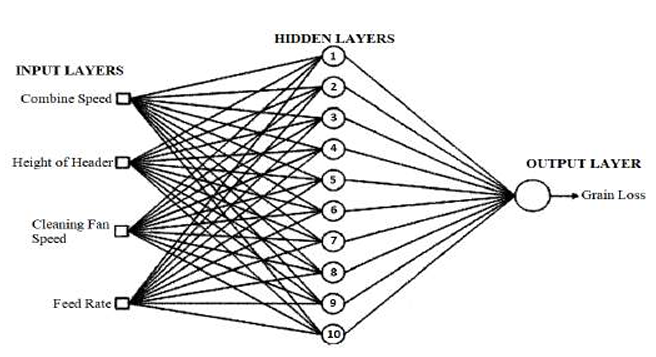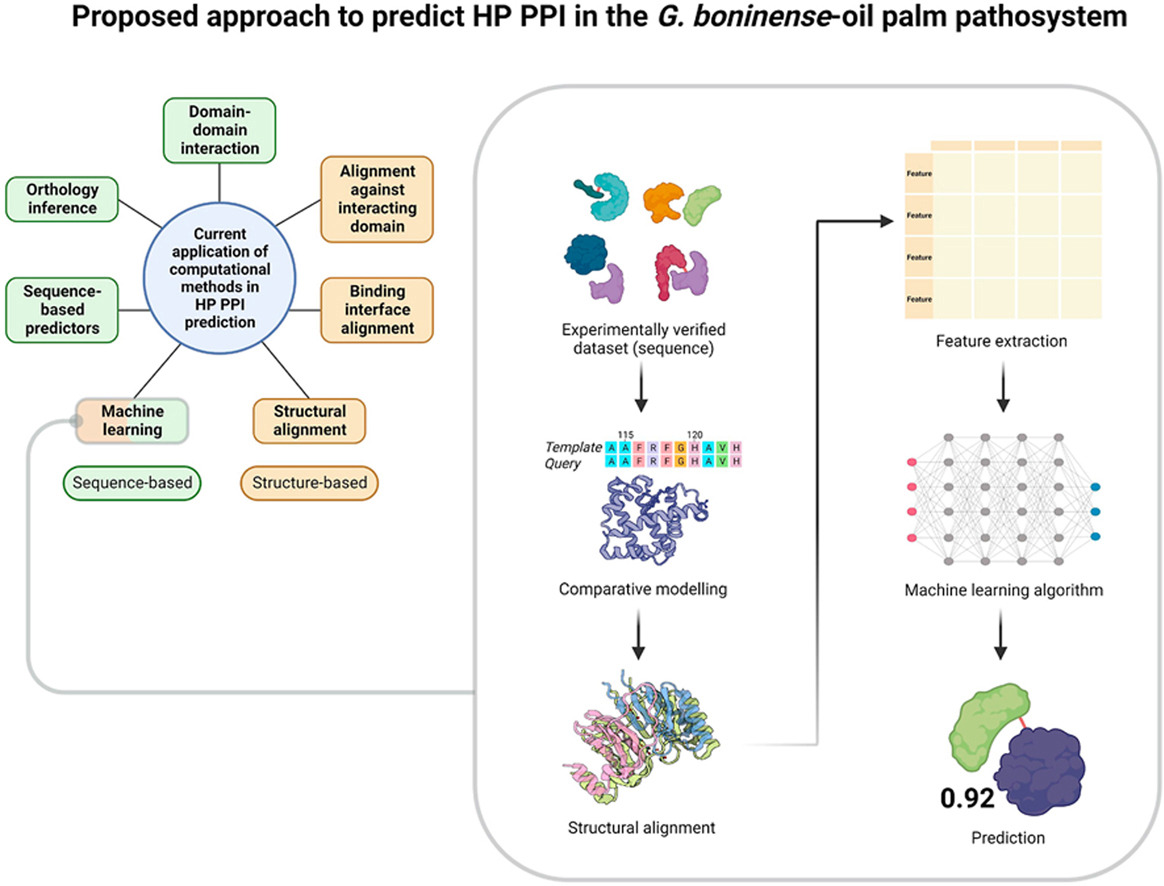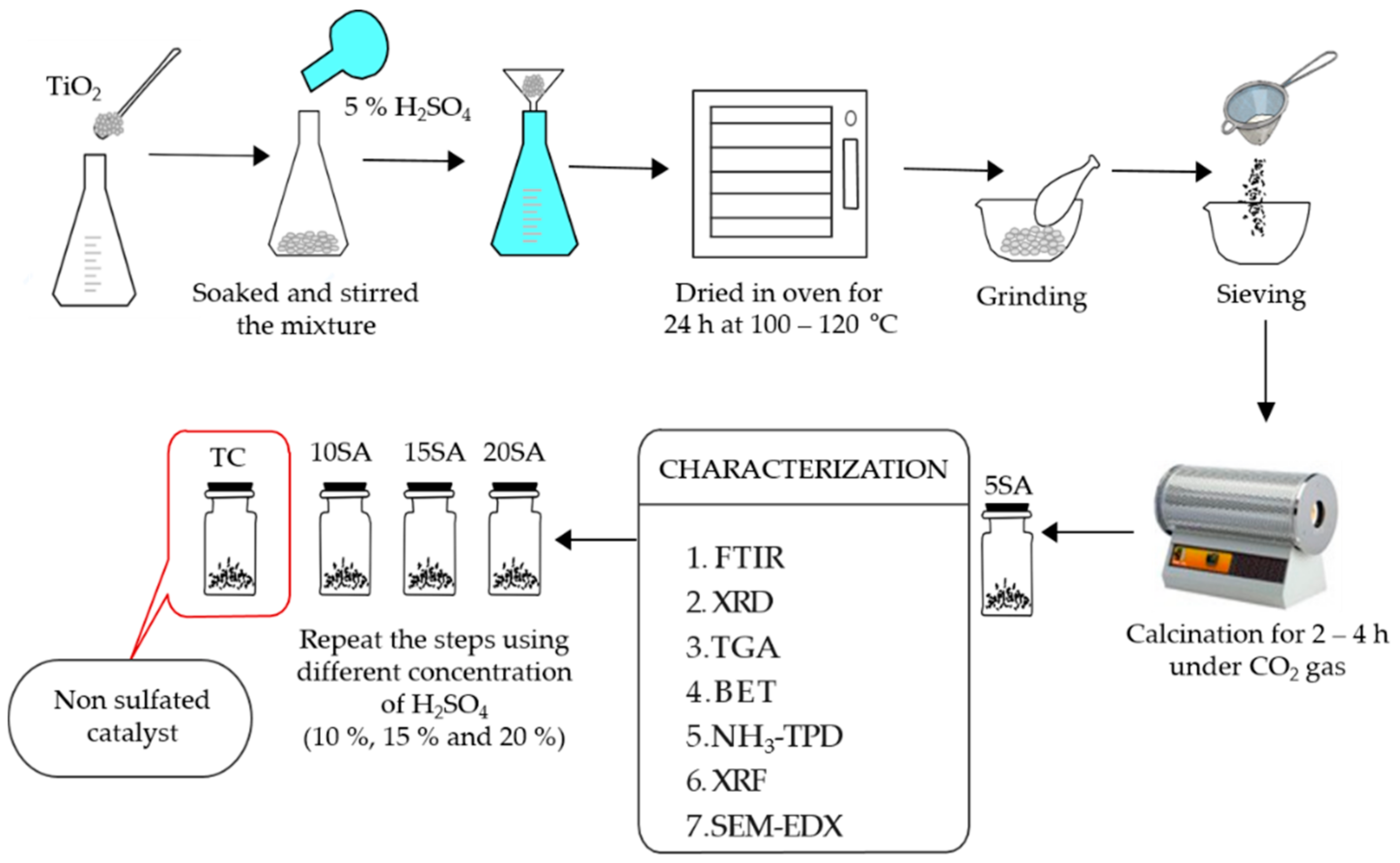By : Dr. Zailani Khuzaimah
In Malaysia and other developing countries, there is often little access to the forest area, resulting in inadequate and limited forest information. Hence, application of remote sensing technology in forestry is very valuable and has become an important element due to its capability to collect data from large areas of land and generate relevant information. In other words, remote sensing technology offers a reliable method of gathering information which is essential for forest inventory and management. Mangrove forests possess important ecosystem and socioeconomic values to human beings. Mangrove trees have the following uses: timber for construction; firewood for burning; raw material for production of charcoal; wood for fishing poles; production of pulp; and tannins for leather tanning. Around the world, mangrove forests 80, 000 and 200,000 km2. Meanwhile, the total area of mangrove forests in Malaysia is 0.58 million ha. Despite their positive contributions, mangroves are the one of the highest degraded land of any global habitat. In fact, the socioeconomic values and ecosystem services of mangroves as natural resources are underestimated. There are no studies on the ecosystem valuations, particularly mangroves forest in Malaysia. Most of the decision making only rely on physical assessment without taking into account the loss of the ecosystem value. This study develop a model to assess the impact of mangrove bio-disturbance on the literal ecosystem of mangroves using geospatial technology. In addition, variations responses in mangrove ecosystem changes during the occurrences of economic activities were investigated. SPOT 5 imageries of the year 2000 and 2010 has been used for change detection analysis. The supervised classification technique was employed in image processing for the land use change detection. In order to obtain the values of socioeconomic impacts resulting from the mangrove changes, the ecosystem service valuation (ESV) model was applied.
The average of land use change in every 10 years period is 12%, consist by crop land, forest, water body and barren land with the total area extent of 406 ha. The decrease in the economic value of mangroves was largely influenced by the decrease of 2.9% in land use change from the years 2000 to 2010 with a loss of about RM1.7 million or 3%. The total ecosystem service values in study area to have loss by 2.8% between 2000 and 2020. This massive decline in ecosystem services is largely attributable to the 17.8% loss of forest area and 19.2% loss of water body. The overall number of changes to the whole ecosystem functions at a rate of 38 % with an average of RM200,000 valuation changes dominated by deforestation and reclamation for the purposes of settlement and agriculture. For a combination of three main ecosystem functions for the four types of land use in the study area showed a loss of RM500,000 for a period of 20 years
The losses take place at spatial scales has play a crucial role in maintaining ecological balance to the coastal environment. The results showed that the total value of the existing mangrove forest ecosystem service is RM1,901,859.84. The value per unit area is about RM1,650.92 per ha. The total values of cropland and water bodies are RM161,33.2 and RM3,107,500 respectively.
Study concluded that Sungai Merbok’s Mangrove forest reserve is very important not just for coastal ecology but serves as ecosystem services, where the orientation of mangrove ecosystem is huge enough to provide essential services for the local community.

Date of Input: 05/10/2018 | Updated: 05/10/2018 | ainzubaidah
MEDIA SHARING



























